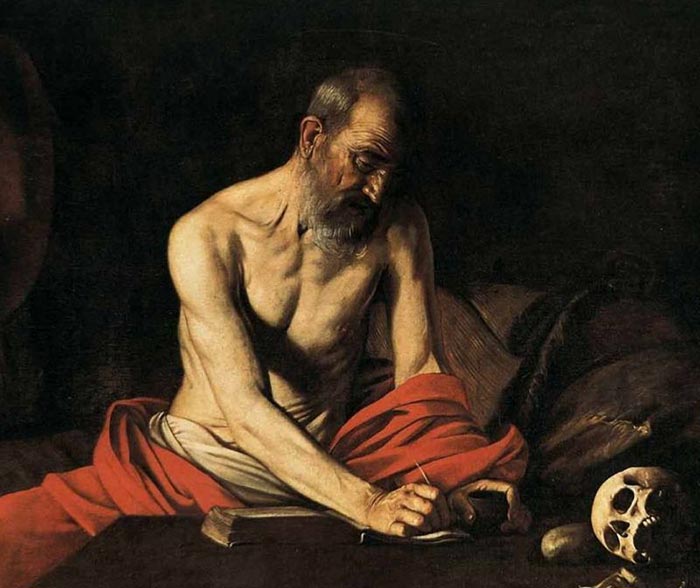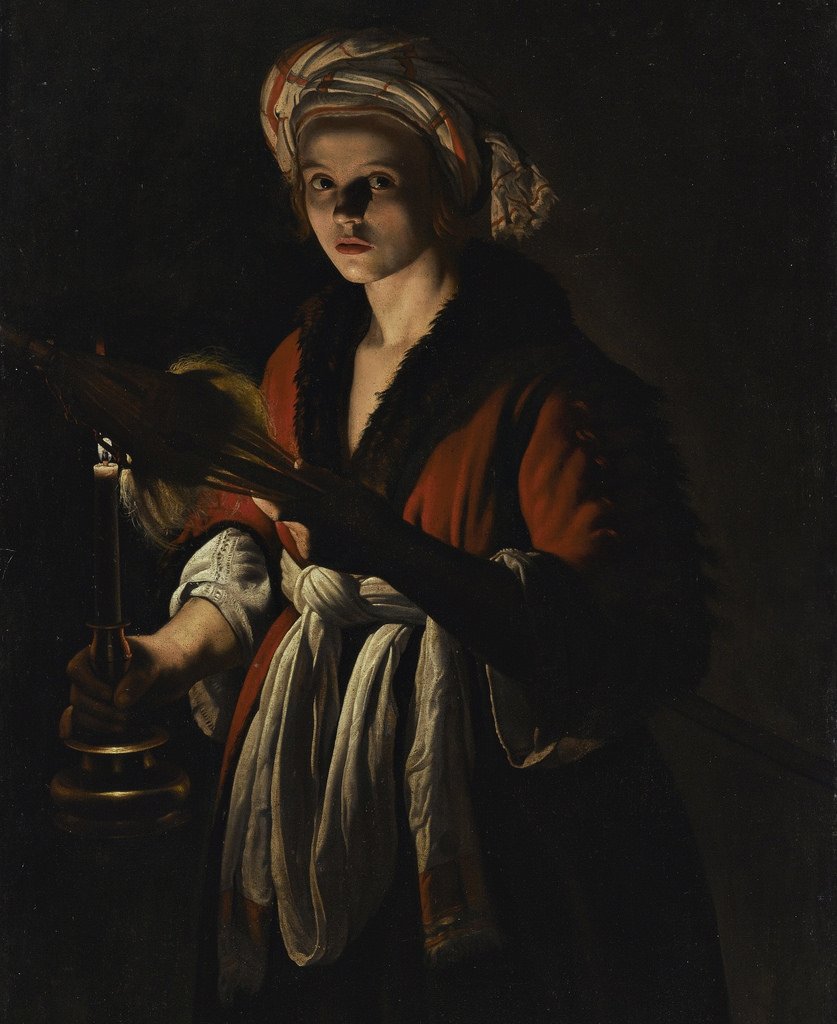There are two main different types of light one can use as a photographer: natural and artificial. Natural light can be found outside or literally anywhere with access to the sky. Artificial light is best used in a closed and specialised environment, like a photography studio.
This way, the photographer can adjust the size and shape of the light, the hardness or softness and the angle of the light, as well as adding backdrops or infinity curves to smooth out the background of the image, or using soft-boxes, spotlights or flood lights.
One particular reason for using studio lighting is the possibility it gives for a chiaroscuro effect or Rembrandt lighting. The chiaroscuro technique is when part of the subject’s face is in shadow and completely obscured by darkness, and the other part is in bright light. This is not just a term used in photography, as this effect has been used in paintings and art for hundreds of years.


Both of these are strong examples of the chiarascuro effect, where part of a person’s face is obscured in darkness. The second painting, of the young woman, presents the Rembrandt lighting technique, where half of the subject’s face is lit and the other is not, except for a small triangle shape beneath the eye on the dark side.

In photography, this lighting style is achieved by using a strong key light directly at the person, as well as a reflector on the opposite side to achieve the triangle shape desired.
